
Have you ever wondered how some people seem to find the right moment to buy and sell stocks? Well, the secret often lies in understanding swing trading patterns. These patterns act like treasure maps, guiding traders to spot great opportunities in the stock market. By learning to recognise these patterns, you can make smarter decisions about when to jump in and when to cash out.
Swing trading can feel like a game of piecing together puzzle pieces. You have to watch the charts and identify clues that would tell you what might happen next. For beginners, this can be quite tricky. Even seasoned traders spend a lot of time studying charts to get it right. But don't worry! We're here to make it easier for you.
Swing trading is when an investor tries to gain profit from the short-term price changes of stocks. Unlike day trading, where trades are made within a single day, swing trading involves holding onto stocks for several days or even weeks. This strategy aims to catch the "swings" in the market—that is, upward and downward movements in stock prices.
A swing trading pattern is a unique formation or shape that appears on the stock graph to indicate future price movements. These are designs on charts that can be used to hint at future price action, thus helping a trader establish if the price of a stock will rise or fall. A trader, by studying the graph patterns, is able to understand the movement and hence judge when to sell or buy a stock.
Understanding swing trading patterns is important because it allows traders to navigate the market more effectively. If you can identify a good pattern, you will have a roadmap that gives you clear directions on what to do.
Here are some key reasons why swing trading patterns are important:
You can improve your trading skills by mastering swing trading patterns and potentially see better results.
These patterns show potential movements of the market, thus helping traders come up with informed decisions on when to enter or leave a trade. Now, let's go deeper into some of the most essential chart patterns used in swing trading and see how they work.
The Ascending Triangle is a chart pattern indicating a bullish market sentiment with the likelihood of an upward breakout. It is formed when the price has higher lows with constant highs, making a triangle pointing upwards.
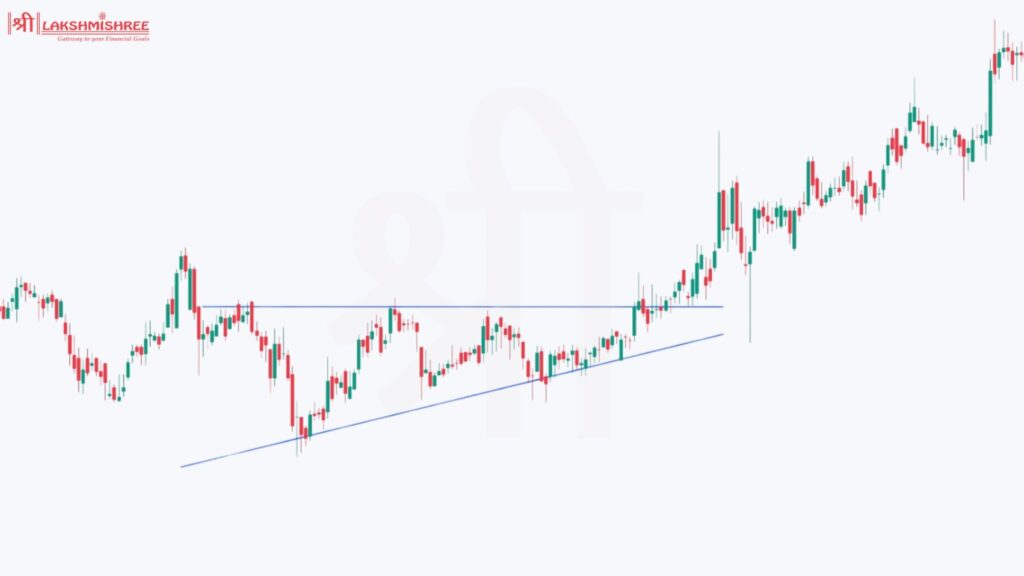
Opposite to the ascending triangle, the Descending Triangle is a bearish pattern that looks forward to a possible breakout to the downside. It is formed when the price has lower highs while the lows remain constant.
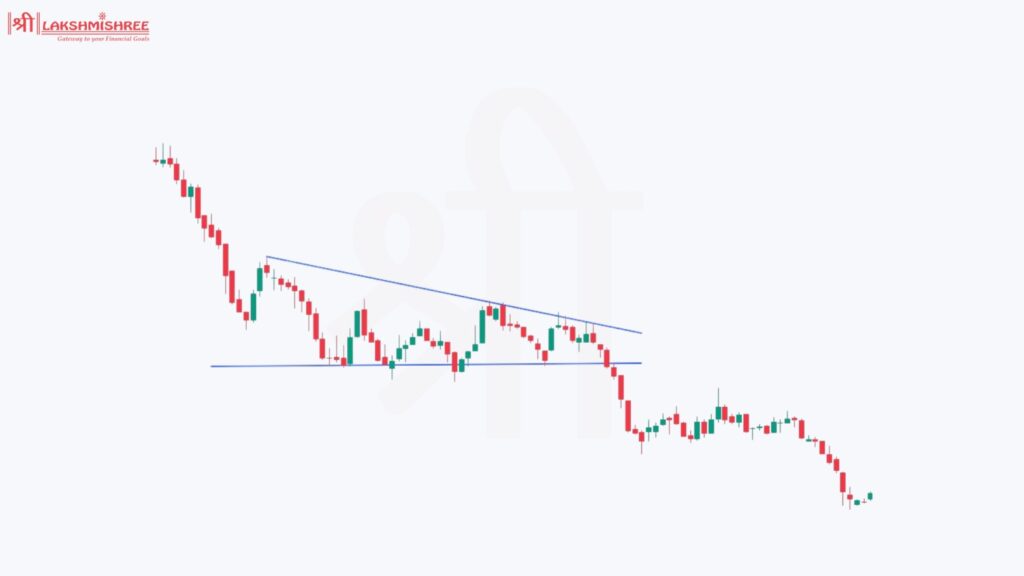
The Head and Shoulders pattern is one of the most recognizable and generally more reliable swing trading patterns, usually indicating a trend reversal from bullish to bearish.
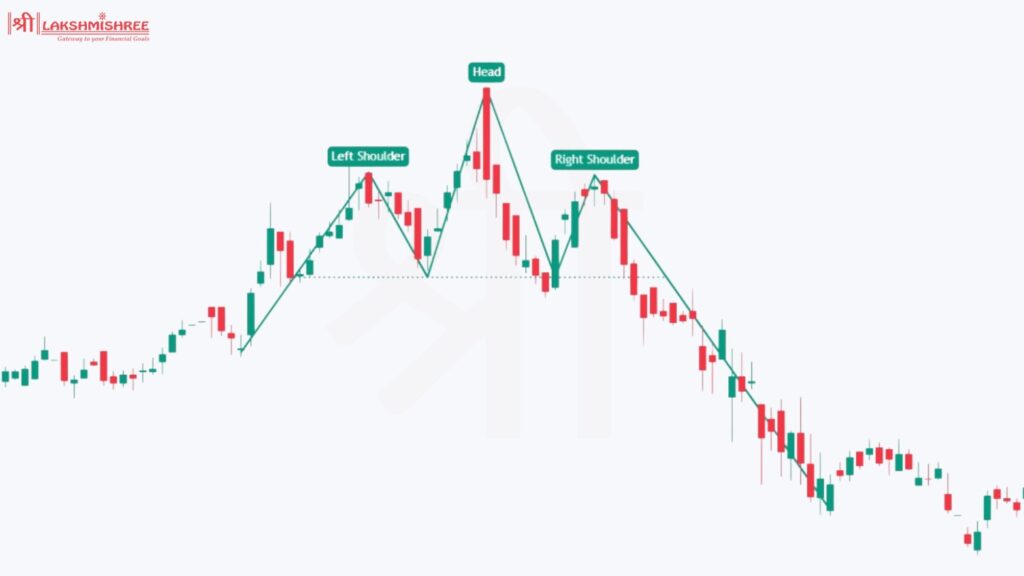
The Inverse Head and Shoulders pattern is the opposite of the standard Head and Shoulders pattern and indicates a reversal from a bearish to a bullish trend.
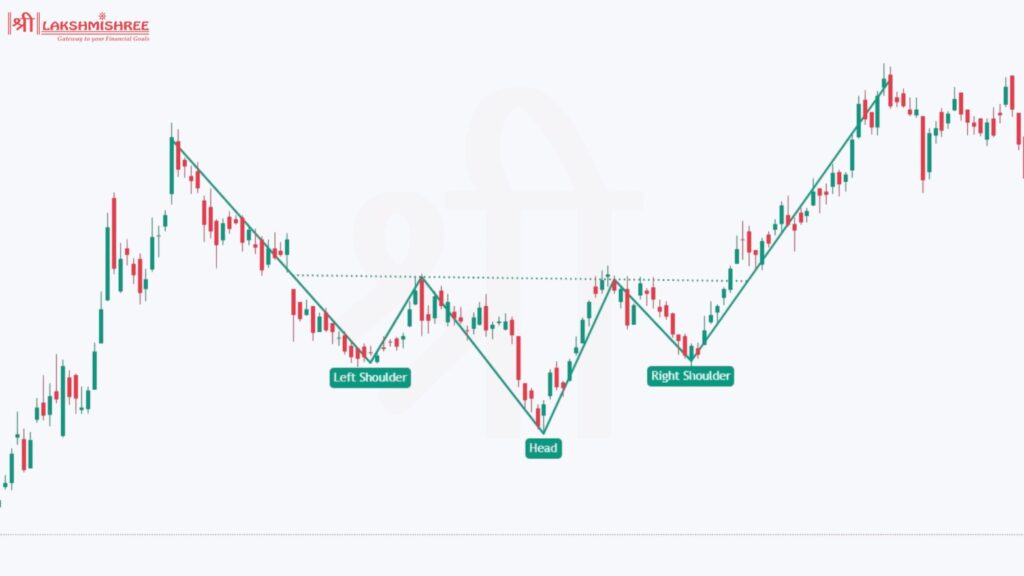
The Double Top chart pattern is a bearish trend reversal pattern, and its formation takes place after an uptrend in price activity. It provides information that the uptrend is losing power and might soon reverse.
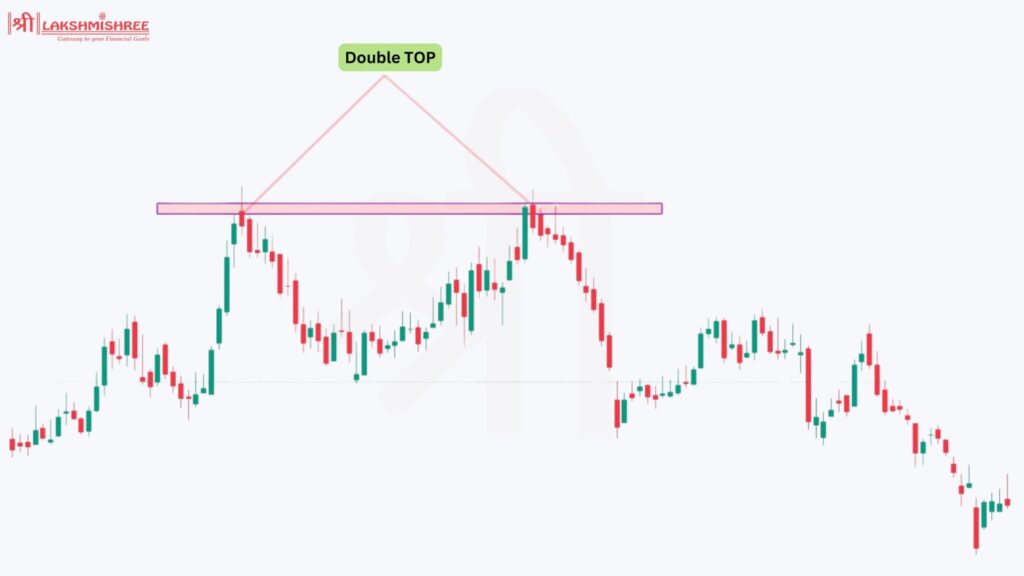
The Double Bottom is the bullish version of the Double Top. It occurs after a downward trend and shows that the down trend might have started losing its momentum and will possibly reverse in a short span of time.
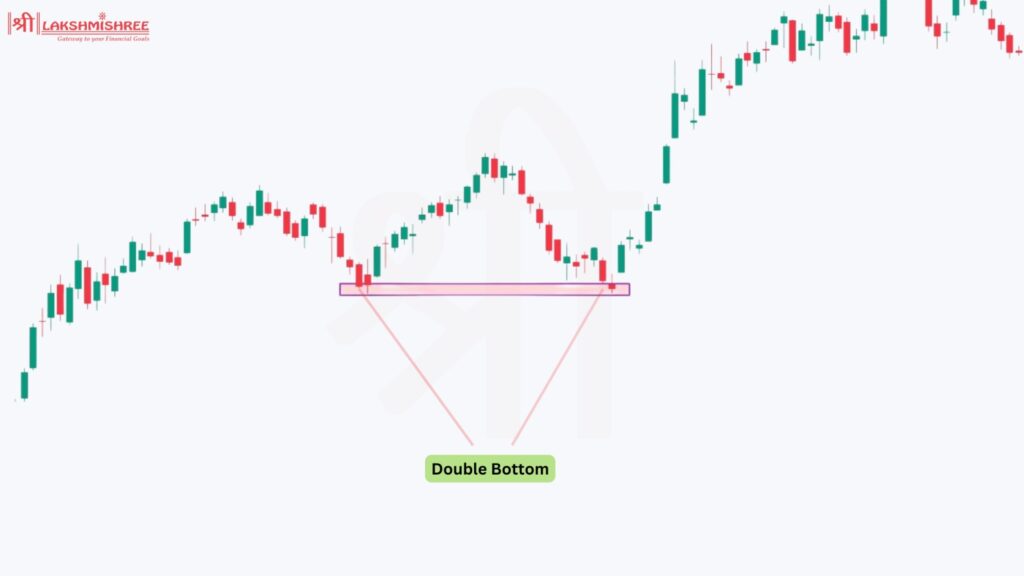
The Cup and Handle is a bullish continuation pattern that signals a possible upward move after a consolidation period. It is one of the most reliable swing trading patterns and thus often used by traders looking to identify potential buying opportunities.
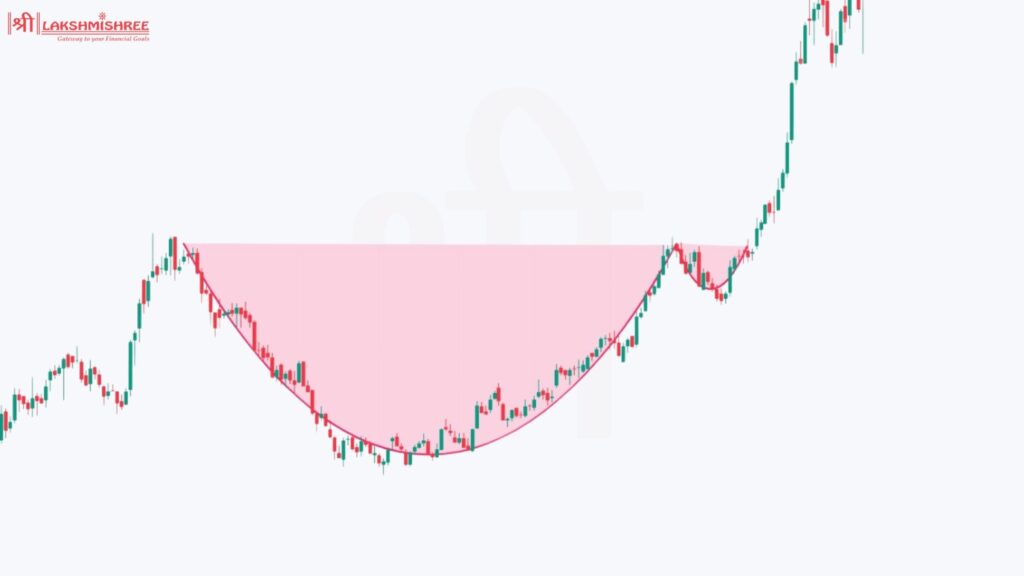
Flag patterns are short-term continuation patterns that occur after a significant price move. They suggest a temporary pause in the market before the resumption of the move in the same direction.
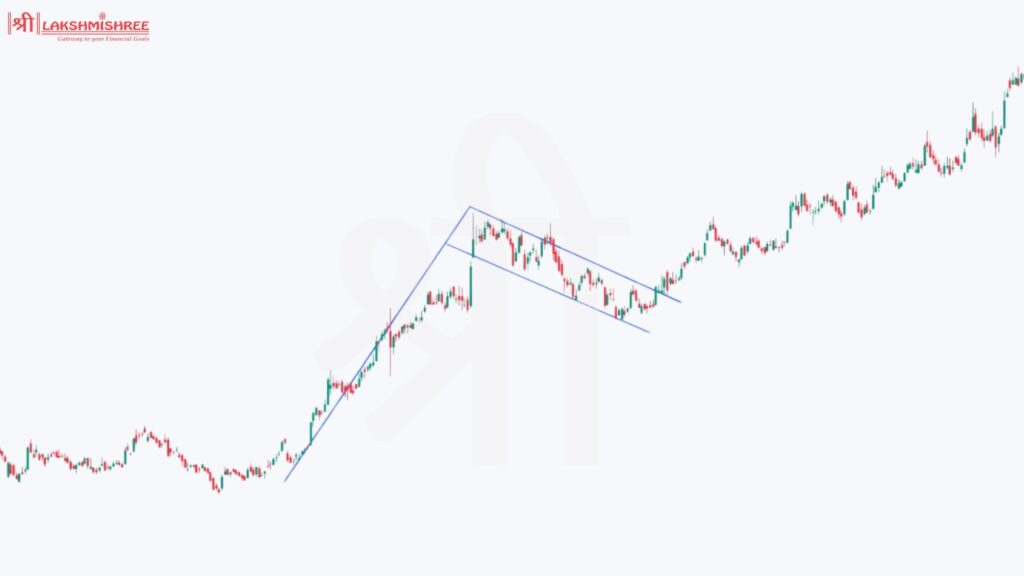
Applying swing trading patterns effectively requires a strategic approach that combines technical analysis with disciplined execution. Here's a straightforward guide to get you started:
Technical indicators are crucial for validating swing trading patterns and enhancing decision-making. The relative strength index (RSI) is one such indicator that measures the speed and change of price movements. RSI helps identify overbought or oversold conditions, providing confirmation for trend reversals or continuations that align with your swing trading patterns.
Moving Averages (MA) is another essential tool, particularly the 50-day and 200-day moving averages, which help identify the overall trend direction. When a pattern aligns with a moving average crossover, it often signals a stronger trade opportunity, providing traders with added confidence in their positions.
The Moving Average Convergence Divergence adds to this by providing momentum information. MACD plots the relationship of two moving averages; when there is a crossover and it forms a pattern, it can be real strong for a signal in entering or exiting a trade. Finally, Bollinger Bands are great for gauging the volatility in the market. They create a range around a moving average that can be used to spot potential breakouts or reversals. When the price pattern reaches the upper or lower band, this could indicate you are in an overbought or oversold condition for added power in your pattern analysis.
Mastering entry and exit strategies is vital for successful swing trading, and patterns play a crucial role in this process. By recognising specific patterns like the Cup and Handle or Double Bottom, traders can identify moments when the market is likely to make a significant move. These patterns signal potential price swings, providing traders with a roadmap for entering positions at the optimal time.
The benefits associated with the swing trading patterns at trade entry points are numerous. For instance, the breakout from the handle in a Cup and Handle pattern usually signals a strong bullish move and hence should be an ideal point for entry. On the other hand, a Double Bottom could be confirmed to indicate that the market is getting ready to reverse its trend, so it would be time to get long. The key is to look for these patterns in conjunction with some other indicators, including volume spikes that could validate the strength of the expected move.
Exit strategies are just as critical and often involve setting a target price based on previous support or resistance levels identified within the pattern. For example, after entering a trade based on a Cup and Handle pattern, setting an exit point near the previous high (resistance) helps ensure that profits are secured before the market reverses. Alternatively, setting a stop-loss at a level below the pattern's low can help minimise potential losses if the trade doesn't go as planned.
Understanding and utilising the best swing trading patterns is essential for anyone navigating the stock market confidently. When combined with technical indicators and thorough chart analysis, these patterns provide traders with a strategic edge. Whether you're identifying optimal entry and exit points or avoiding common mistakes, mastering swing trading patterns can significantly enhance your trading success. With these strategies as part of your trading routine, you will be better positioned to benefit from market swings and achieve your financial goals.
For beginners, the double-bottom pattern is a great starting point. It's relatively easy to identify and signals a potential reversal, making it a reliable pattern for new traders.
While swing trading patterns increase the likelihood of making profitable trades, they don't guarantee profits. Effective risk management and disciplined execution are also critical to achieving consistent success.
The frequency of trades depends on market conditions and the specific patterns you’re tracking. It's more important to focus on high-quality setups than to trade frequently.
Yes, technical indicators like Moving Averages, RSI, and MACD can complement swing trading patterns by providing additional confirmation and improving the accuracy of your trades.
Disclaimer: This article is for educational purposes only and should not be considered financial advice. Always conduct your research and consider consulting with a financial advisor before making any investment decisions.